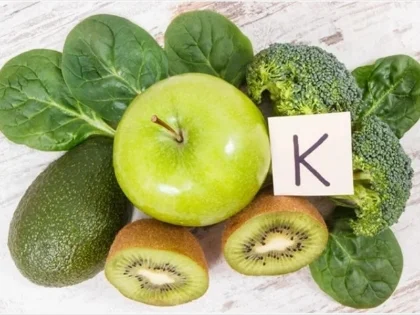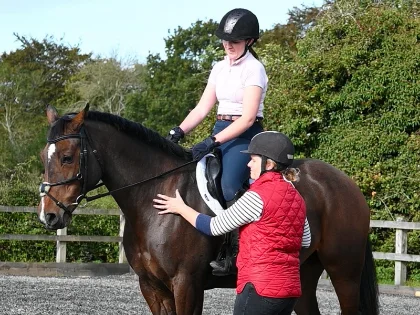MasteringYoga Transitions: Flowing Gracefully Between Poses
In yoga, the movements that separate poses are just as significant as the poses themselves. They aid in body warming, strength development, improved movement, and increased flexibility. When transitioning from pigeon position to triangle pose (uttitha trikonasana), for instance, pay attention to the sound your back foot makes as it descends to the floor.
Inhaling
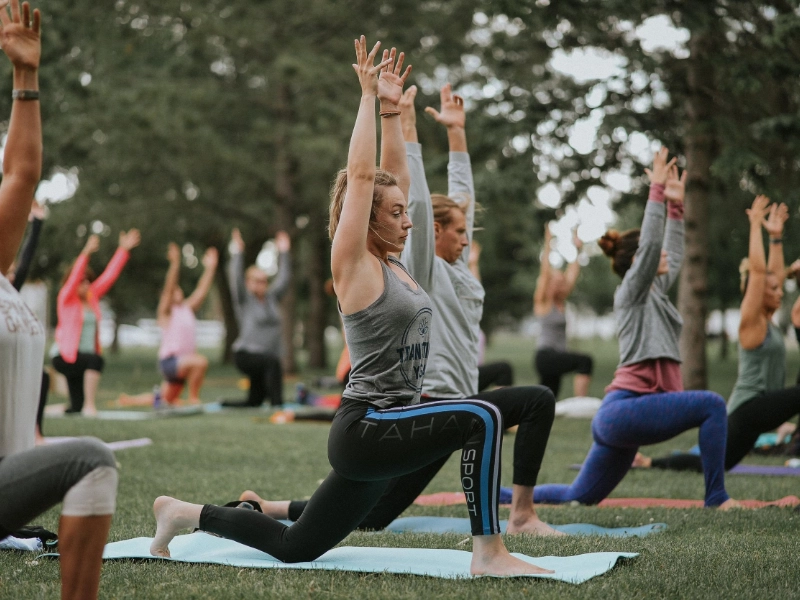
Consistency
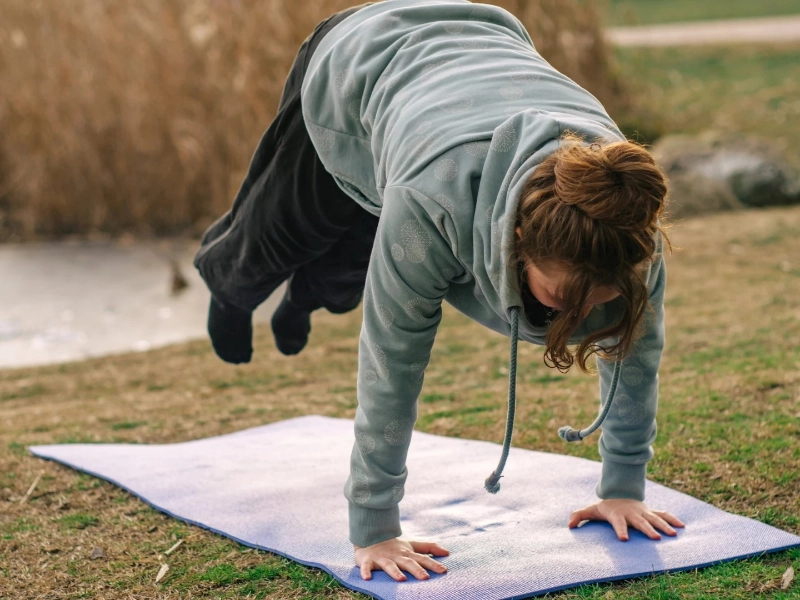 Although they may appear to be just another pose in the yoga sequence, yoga transitions have a very essential function. By establishing a pattern of deliberate, coordinated breathing, they assist the body in getting ready for the next position. Additionally, they guarantee that the body does not grind from one pose to the next by maintaining its structural integrity throughout the action.
One excellent technique to develop stability and test balance is the chair-to-aeroplane transition. Students begin this exercise in a standing position similar to chair pose, then transition into an aeroplane pose. They can fly their left leg back from the aeroplane pose and then straighten both legs to form a V shape in their body.
The more you practice these transitions, the easier it will be to move from one pose to the next. This enables you to practice these straightforward yet difficult transition poses with a more fluid, flowing movement that increases body heat and intensity.
Although they may appear to be just another pose in the yoga sequence, yoga transitions have a very essential function. By establishing a pattern of deliberate, coordinated breathing, they assist the body in getting ready for the next position. Additionally, they guarantee that the body does not grind from one pose to the next by maintaining its structural integrity throughout the action.
One excellent technique to develop stability and test balance is the chair-to-aeroplane transition. Students begin this exercise in a standing position similar to chair pose, then transition into an aeroplane pose. They can fly their left leg back from the aeroplane pose and then straighten both legs to form a V shape in their body.
The more you practice these transitions, the easier it will be to move from one pose to the next. This enables you to practice these straightforward yet difficult transition poses with a more fluid, flowing movement that increases body heat and intensity.
Efficacy
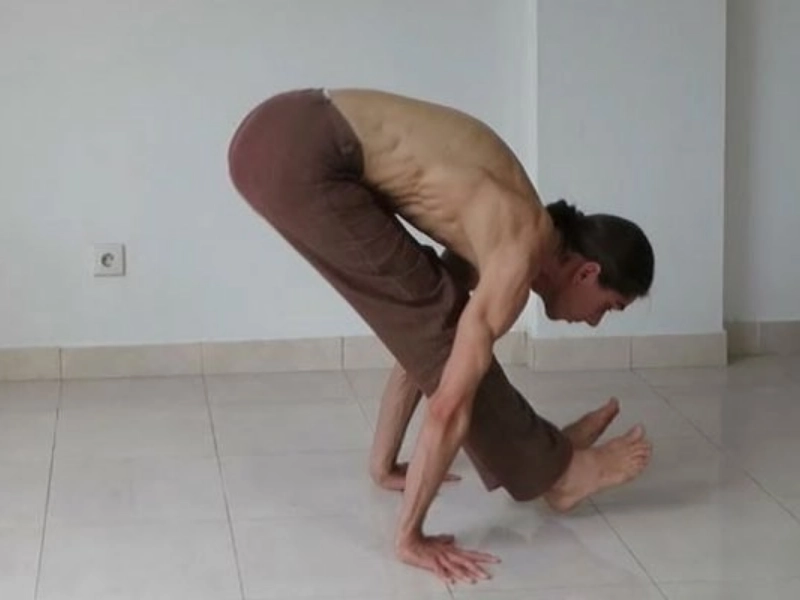 A balanced amount of strength and endurance is encouraged by the physical yoga poses of a traditional yoga practice. It's critical to stay below this threshold, since activating the parasympathetic nervous system excessively weakens resistance and reduces the range of possible responses.
Because HIIT workouts are so intense, it can be difficult to physically transition from one to a yoga pose. Allowing for a little transition period can help with bodily adaptation and prevent injuries.
Turnbow suggests starting your HIIT session with a stance like Child's stance, which stretches and strengthens the thighs and hips and gets you ready for the following motion. To perform this posture, start in Downward-Facing Dog, then raise your torso into a Y shape and extend your legs to the side of the mat. After three to five breaths, hold this pose and then switch back to downward-facing dog.
Since most HIIT workouts don't specifically address flexibility, adding yoga to your regimen enhances its effects. Additionally, it enhances bodily coordination and balance, both of which lower the chance of injury.
A balanced amount of strength and endurance is encouraged by the physical yoga poses of a traditional yoga practice. It's critical to stay below this threshold, since activating the parasympathetic nervous system excessively weakens resistance and reduces the range of possible responses.
Because HIIT workouts are so intense, it can be difficult to physically transition from one to a yoga pose. Allowing for a little transition period can help with bodily adaptation and prevent injuries.
Turnbow suggests starting your HIIT session with a stance like Child's stance, which stretches and strengthens the thighs and hips and gets you ready for the following motion. To perform this posture, start in Downward-Facing Dog, then raise your torso into a Y shape and extend your legs to the side of the mat. After three to five breaths, hold this pose and then switch back to downward-facing dog.
Since most HIIT workouts don't specifically address flexibility, adding yoga to your regimen enhances its effects. Additionally, it enhances bodily coordination and balance, both of which lower the chance of injury.
Adaptability
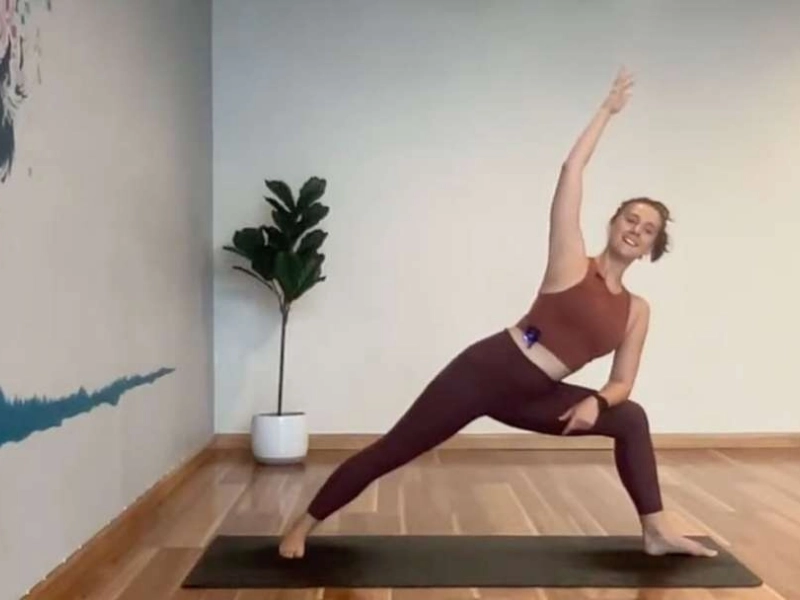 Maintaining your body's balance is crucial as you move through a series of positions. You risk losing your balance and toppling over if you transition between poses too quickly, such as jumping from Downward-Facing Dog to Standing Forward Fold. Instead, to avoid injuries and stay safe, use your muscle strength and gently go through transitions.
You can't concentrate on each step and maintain alignment if you move too quickly. This may lead to errors, which are generally undesirable in yoga.
For your students' safety and success, it is crucial to carefully prepare yoga transitions, regardless of where they are in their practice. To make transitions easier and more enjoyable for everyone, take your time and focus.
Maintaining your body's balance is crucial as you move through a series of positions. You risk losing your balance and toppling over if you transition between poses too quickly, such as jumping from Downward-Facing Dog to Standing Forward Fold. Instead, to avoid injuries and stay safe, use your muscle strength and gently go through transitions.
You can't concentrate on each step and maintain alignment if you move too quickly. This may lead to errors, which are generally undesirable in yoga.
For your students' safety and success, it is crucial to carefully prepare yoga transitions, regardless of where they are in their practice. To make transitions easier and more enjoyable for everyone, take your time and focus.






